An electrostatic selection mechanism controls sequential kinase signaling downstream of the T cell receptor
- PMID: 27700984
- PMCID: PMC5089863
- DOI: 10.7554/eLife.20105
An electrostatic selection mechanism controls sequential kinase signaling downstream of the T cell receptor
Abstract
The sequence of events that initiates T cell signaling is dictated by the specificities and order of activation of the tyrosine kinases that signal downstream of the T cell receptor. Using a platform that combines exhaustive point-mutagenesis of peptide substrates, bacterial surface-display, cell sorting, and deep sequencing, we have defined the specificities of the first two kinases in this pathway, Lck and ZAP-70, for the T cell receptor ζ chain and the scaffold proteins LAT and SLP-76. We find that ZAP-70 selects its substrates by utilizing an electrostatic mechanism that excludes substrates with positively-charged residues and favors LAT and SLP-76 phosphosites that are surrounded by negatively-charged residues. This mechanism prevents ZAP-70 from phosphorylating its own activation loop, thereby enforcing its strict dependence on Lck for activation. The sequence features in ZAP-70, LAT, and SLP-76 that underlie electrostatic selectivity likely contribute to the specific response of T cells to foreign antigens.
Keywords: E. coli; LAT; Lck; T cell receptor; ZAP-70; bacterial surface display; biophysics; immunology; structural biology; tyrosine kinase.
Conflict of interest statement
JK: Senior editor, eLife. The other authors declare that no competing interests exist.
Figures
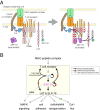





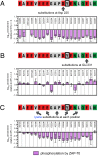






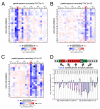











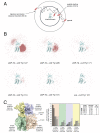

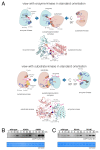


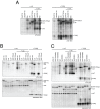








References
Publication types
MeSH terms
Substances
Grants and funding
LinkOut - more resources
Full Text Sources
Other Literature Sources
Molecular Biology Databases
Research Materials
Miscellaneous

